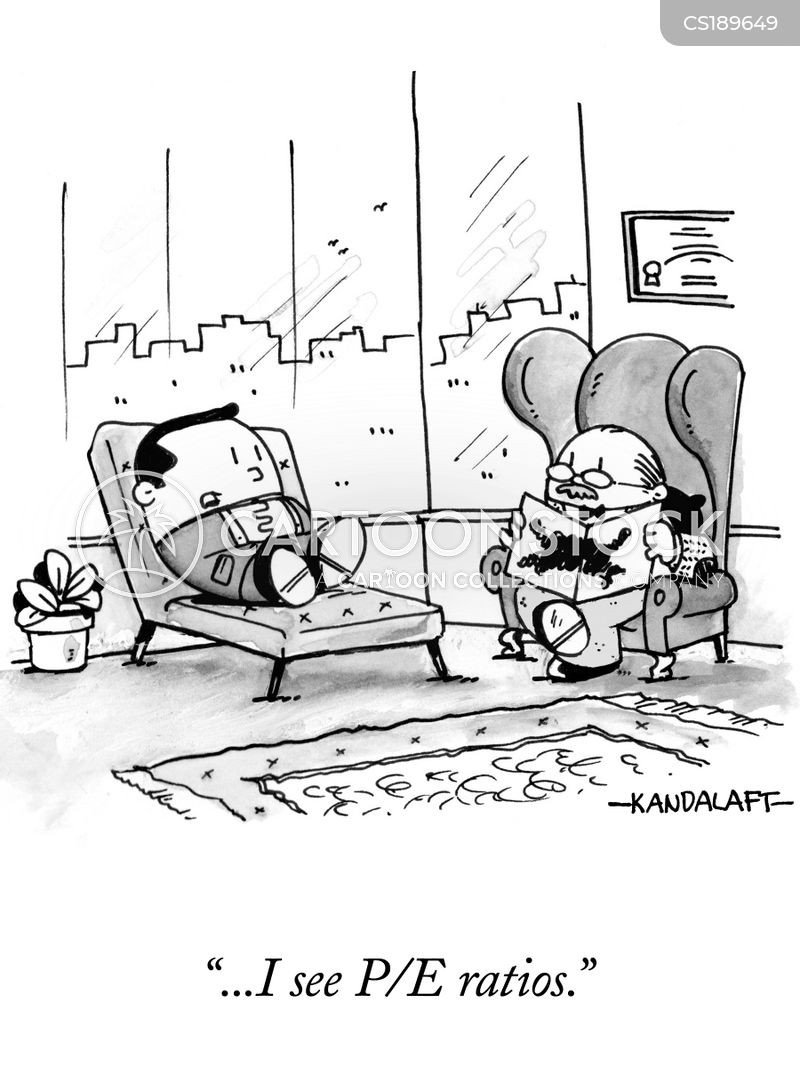Better Measure
We live in a relative world. Everything is relative. Your portfolio returns, no matter which fund, stock, or asset you buy, are measured relative to a corresponding benchmark. The dress you bought for your best friend’s birthday bash is compared to all other beauties at that party to figure out the “best-dressed girl”. The locality you stay in is constantly being compared to other areas in town. Is Bandra a better suburb than Powai? Is Jor Bagh better than Shantiniketan? Such comparisons beg a larger question: is there an objective way of measuring better than the other? The answer is not simply yes or no.
There are measures for everything, but they may not be accurate enough. The answers might be different when comparing Bandra and Powai in terms of greenery, noise pollution, or crime rate. Let’s take the crime rates, as measured by the number of FIRs filed with that police station. Having many FIRs means that the locality is not a safe one as the crime rate is high. However, it has been repeatedly reported that filing an FIR with a local police station is not as straightforward as it is not in the cops’ interest to show a high crime rate in their jurisdictions. An increasing or a high crime rate can have many implications, including on the career paths of police staff serving at that station. So, we have a situation where a measure is possible, but the measure itself is influenced by many extraneous factors and becomes adulterated.
When speaking of stocks, it is very natural to enquire about a stocks PE ratio. It is a thumb rule used to measure a stock’s attractiveness; the lower the PE, the more attractive a bargain is. PE as a measure became popular long back. Unfortunately, what started as a thumb rule to simplify things has become a proxy that common investors think says all that is to be said about expensive and cheap valuations. As you can imagine, management and promoters and analysts and brokers have a perverted incentive to manipulate numbers such that the resultant PE appears attractive.
My daughter recently started her undergraduate studies in California. One of the critical factors for her to get college admission, in addition to her grades and extracurricular achievements, were her essays. The same is the case for a colleague who has now applied for his MBA admissions. I learned that given the importance of essays in the overall admissions process, there is a burgeoning profession of essay-writers who help students write their essays. This proliferation of essay writers has bastardised the measure of “good essay”. If colleges are evaluating students based on essays written by third parties, there is undoubtedly something amiss.
One of the primary tools a central banker uses to maintain price stability is inflation targeting. The US FED has a target of 2%, while the RBI has set a target of 4%+/- 2%. Generally speaking, inflation measures a decrease in purchasing power. It erodes savings, discourages investments in the economy, thereby affecting employment rates. Inflation encourages capital flight into foreign assets, which is why we in India don’t yet have capital account convertibility and a concept called LRS (Liberalised Remittance Scheme). If left unfettered eventually results in social and political unrest. Central bankers communicate these inflation targets to ensure they manage inflation expectations better since price stability is a preferred good. However, the sheer act of putting out a target to inflation, which is a measure of the purchasing power of a currency, does the obvious. People start anticipating the effect of this policy target and alter their actions accordingly. Simply speaking, inflation becomes the target itself and not a measure of purchasing power anymore.
We invest in digital businesses, and one of the common routes for startups to acquire customers is to be efficient in their digital presence. They achieve this through many measures, including Search Engine Optimisation (SEO), which essentially designs your web page so that Google’s search engine likes what it sees and ranks your page higher than competing pages. As your SEO expert implements this page design, Google folks are improving their skills in finding even better ways to ensure their algorithms can rank pages more efficiently. They are tweaking their algorithms and figuring out if companies are gaming their algorithms to take punitive actions and take their web pages off the search results altogether. It sounds like a cat and mouse game to me, which it most certainly is. So, a good web page’s measure becomes the target, and this target becomes a moving goal post. Instagram, TikTok, YouTube, Twitter, and the like are in similar positions. They use their algorithms to better their user experience and enter into a continuous spiral with SEO experts and the likes.
“Any observed statistical regularity will tend to collapse once pressure is placed upon it for control purposes.”
Simply speaking, when a measure becomes a target, it stops being a good measure. This phenomenon is very natural as humans always respond to incentives. You always try to maximise on parameters that are being used to judge you.
How do we measure better?
All is not lost, though, and there are always ways around it to figure out a way to measure appropriately so that consequent decisions and actions are not biased. A straightforward method is not to use a single measure to arrive at any conclusion. Use a bunch of them. For example, let’s enquire a bit more about the company rather than the simple PE ratio to decide how attractive an investment it is at a given time. Sure, this complicates things and brings in more variables to think of but hey, whoever said critical decisions about your investments were an easy thing. When we invest in startups, we do not have the luxury of a PE ratio since there is no E (earnings, i.e. profits) at that stage. We rely on many other metrics that tell us what we want to know about the attractiveness of a business. These are a mix of qualitative and quantitative measures. Using a set of metrics, we can work our way around chasing a single metric that then becomes the target of manipulation.
The same solution works for an economy - rather than inflation targeting, central banks should be looking at a set of monetary policy tools. Companies like Google and Facebook have to find ways to keep their algorithms private so they are not subject to being gamed by users. Agreed that there are more competent people out there who are incentivised to figure out what these algorithms are searching for, but their job becomes a tad more complicated. For school and college admissions, universities have to think of ways to assess students for what they stand for rather than what resources they can access.
Another factor to consider is looking beyond the obvious. Everyone likes to measure parameters quantitatively. I have been dealing with numbers for over two decades, first as a physics student and then as an investor. I have realised that nobody tells a story better than numbers. They represent hard facts and figures, but it is a human who interprets their message. It is easy to get lost and, therefore, imperative to take a step back and peel the onion. Look beyond the obvious and try to see things from multiple perspectives. That’s where you will find your measure.



